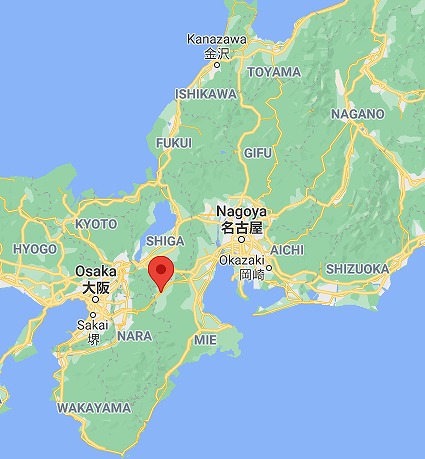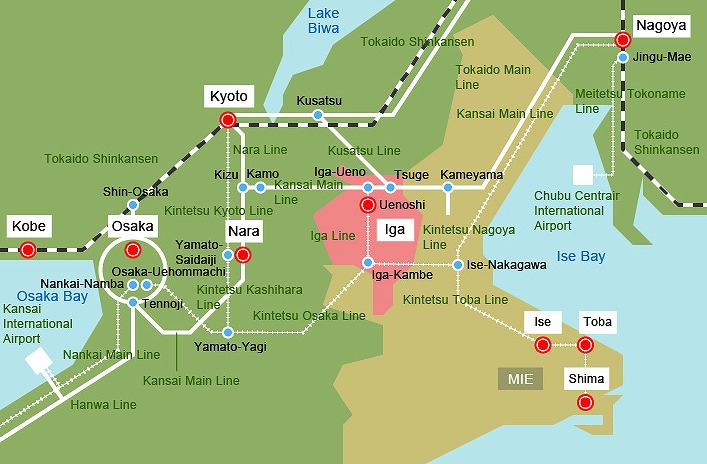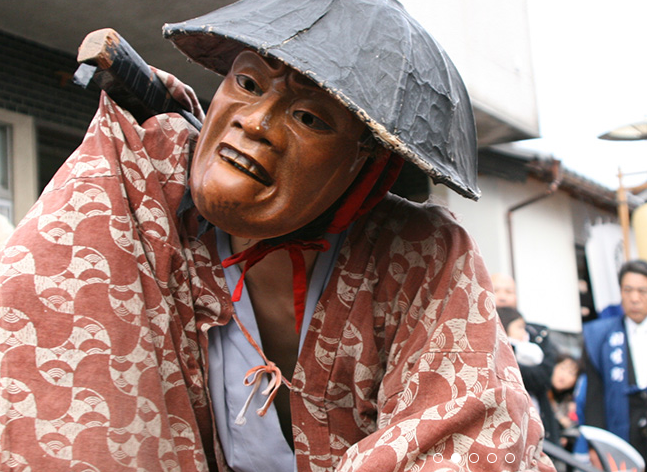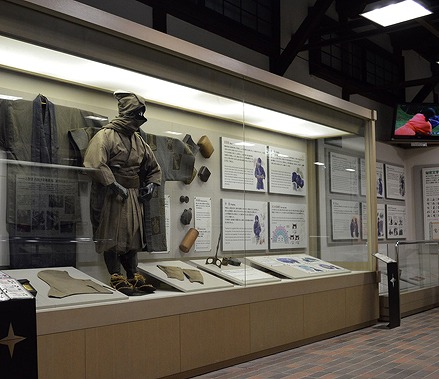Iga Ueno Tenjin Festival



Date: the Friday through Sunday closest to the 25th of October
Location: Iga Ueno city, Mie prefecture
Access: From Osaka or Kyoto, take Kintetsu or JR to Iga. Take the Kintetsu or JR train from Osaka or Kyoto to Iga, then change to the Iga Line to Iga-Ueno. It takes about two and a half hours. There are also direct buses from Tokyo, Nagoya and Osaka.


Outline
Recently, “ninjas” have become overwhelmingly popular among visitors to Japan. The “Iga Ueno Tenjin Festival” is held every autumn in this ninja village. In this festival, floats called “danjiri” and masked parades proceed through the town. The festival is held for the Ueno Tenjin Shrine. It has a long history, although there is a record that the festival was revived in 1660, it is not clear what happened before that. In the past, the people of the town performed Noh, Kyogen and other entertainments, which were watched by the lords from the castle. It was not until 1802 that the castle took on its present form. Today, there are nine floats (danjiri) and a procession of ogres (Oni) parading through the town.
Schedule

https://www.kankomie.or.jp/event/detail_5285.html
All events begin at the shrine during September. People determine the order of the Danjiri.
On Friday, people pull out and decorate the Danjiri in each town, and at night turn on the lights and begin to play the music, heightening the festive atmosphere.
On Saturday, a procession of ogres takes place from 2:00 to 4:00 in the afternoon. The Danjiri floats start at 1:00 pm and cruise around the town until 4:00 pm. They return to the shrine, the four units are in series, except that they proceed separately from west to east.
On Sunday, the festival takes place in the morning and afternoon, with the oni (ogres) parade, followed by the danjiri parade, cruising through the town all day long.
Ogres procession
We cannot leave out the Oni parade. It is these demons that distinguish this festival from others and make it special. In all, about 100 demons walk. Sometimes the children don’t wear masks, but most use masks of some sort. There are many different types of masks, including traditional Noh and Kyogen masks as well as many unique masks. The procession is divided into two parts. The first is the part centered on the En no gyoja 役行者. The other part is centered on Minamoto no Tametomo 源為朝.
En no gyoja group
En no gyoja, whose real name is En no Ozunu 役小角, is a real person, active in the latter half of the 7th century, and is considered to be the founder of today’s Shugendo (Japanese mountain asceticism incorporating Shinto and Buddhist concept) . However, he is too much of a legend to be a mysterious figure. To begin with, even in the actual history books authorized by the country, there are descriptions of him using demons as his minions. Once upon a time, the first lord of this area suffered from eye disease in his later years. It is said to be a memorial to the time when shugenja (mountain ascetics) went to the holy land of Shugendo to pray for his recovery.
And the most famous of all are the “hyorotsuki oni (their legs are wobbly)”. They carry large objects on their backs and move left and right. Children will be amazed and adults will laugh. They are also meant to keep the spectators in line at the edge of the street.
Minamoto Tametomo group

https://www.ueno-tenjin-matsuri.com/
The Tametomo Group is a procession led by Minamoto Tametomo. In the past, the samurai were largely divided into the Taira 平 and Minamoto 源 clans. Minamoto no Yoritomo 源頼朝 was the one who later opened the first samurai government. His uncle was Tametomo. He is also a man of many legends, and is said to have confronted the demons that appeared to him with impunity.
Ending
Iga-Ueno is an old castle town. Just walking around the town has its own charm. There is also a ninja museum nearby, where you can watch ninja shows. Whether before or after the festival, it is a good idea to experience the ninja.
cf. https://www.ueno-tenjin-matsuri.com/lang/en/ about festival official sight
https://igakanko.net/?p=173
https://www.iganinja.jp/?page_id=837 about Ninja Museum














